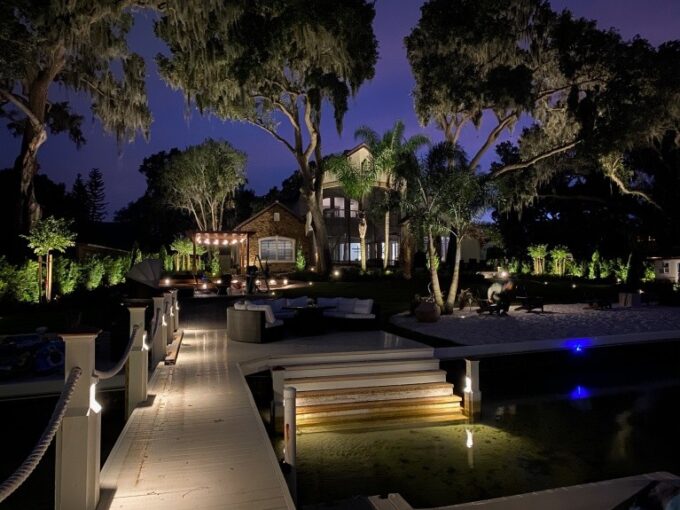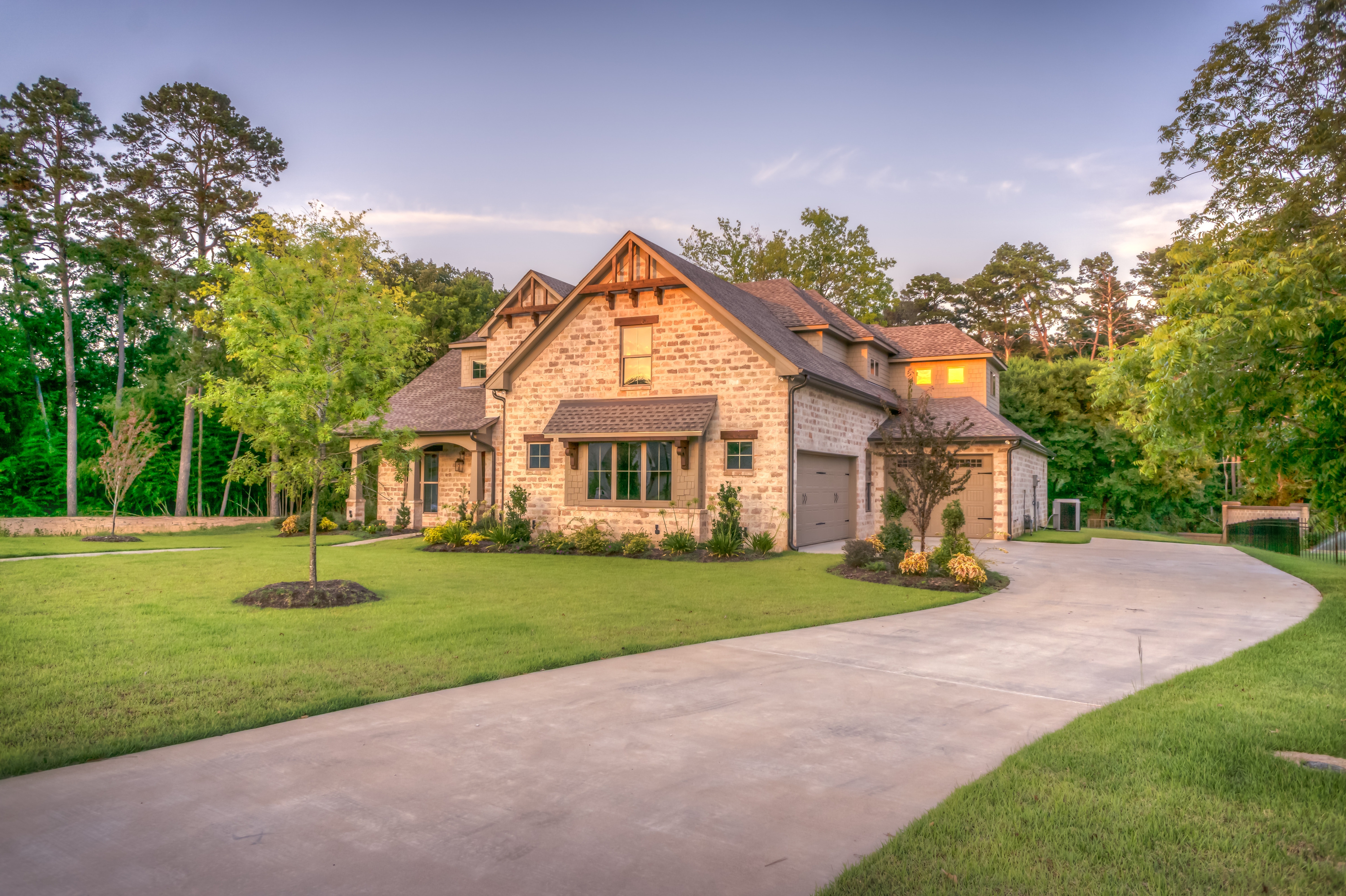Landscape and lighting is the best method of adding drama, beauty, and appeal to your outdoor space at night. Below are the five essential steps to creating unique, practical designs that will put your home at its best after the sunsets.
Step 1: Create Ideas For Your Landscape Layout
Explore the landscape both evening and day to pick prominent focal points. A hardscape could be walls of stone, adorned by fine travertine capstones, well-crafted façades as well as water-based features. These are great examples that will provide an idea of what to search for when looking for the main areas of your landscape. These are the primary visually appealing features and the initial level of illumination that you can find in your landscape. When the foci are established, modern exterior lighting can be chosen to illuminate other areas of landscapes, such as pathways that lead through gardens and decks, porches, and driveways.
Step 2: Draw Sketches Of the Landscape And Lighting
It’s now time to sketch the surrounding landscape. Begin by drawing a line around the perimeter and adding buildings, decks and benches, trees, plants, shrubs, and ornaments of any importance to the gardens. Make sure to highlight all the important areas of interest identified in the first step and the approximate length and height of these objects. Incorporate any existing lighting fixtures. That will help you decide between a 12V or 120V landscape lighting system as you move on to the next step.
Step 3: Select Your Landscape And Lighting Fixtures
It’s crucial to select the correct fixtures for each project zone. There are two important questions to consider: Do I have an existing lighting system for my landscape? And how big is my design? Accent flood, in-ground, and accent fixtures from WAC Lighting can control beam width, color, and brightness levels. More on this in the future. WAC Lighting manufactures both 120V and 12V landscape systems. They have two options for construction that include solid die-cast brass and K-alloy aluminum. Both are finished in bronze. Solid die-cast brass is also available to provide greater resistance to corrosion in marine and coastal environments. If you are deciding between 120V and 12V, you must think about: Injecting 120V into the entire landscape and lighting is an expensive and laborious task.
The Wire Runs And Power Supplies And The Final Layout
The last step is to create your landscape lighting sketch into reality. If you’ve selected the 12V low-voltage option, you’ll likely have multiple runs running from only the one transformer to all your lighting fixtures for your landscape. The entire landscape and lighting system will operate with one source from dry to wet to underwater spots. Most transformers plug directly into the standard outlet for receptacles. Based on the length of the fixture and the number of institutions you will need for your project, pick the correct size transformer with a maximum power capacity that ranges from 75 to 600 watts. It is a good idea to leave enough room for expansion. If you install a tree or the garden feature, it will be possible to emphasize it. By adding additional landscape fixtures without altering the existing layout. It is important to incorporate the timer or photocell. That will automatically regulate the lighting of your landscape based on the time of day.




